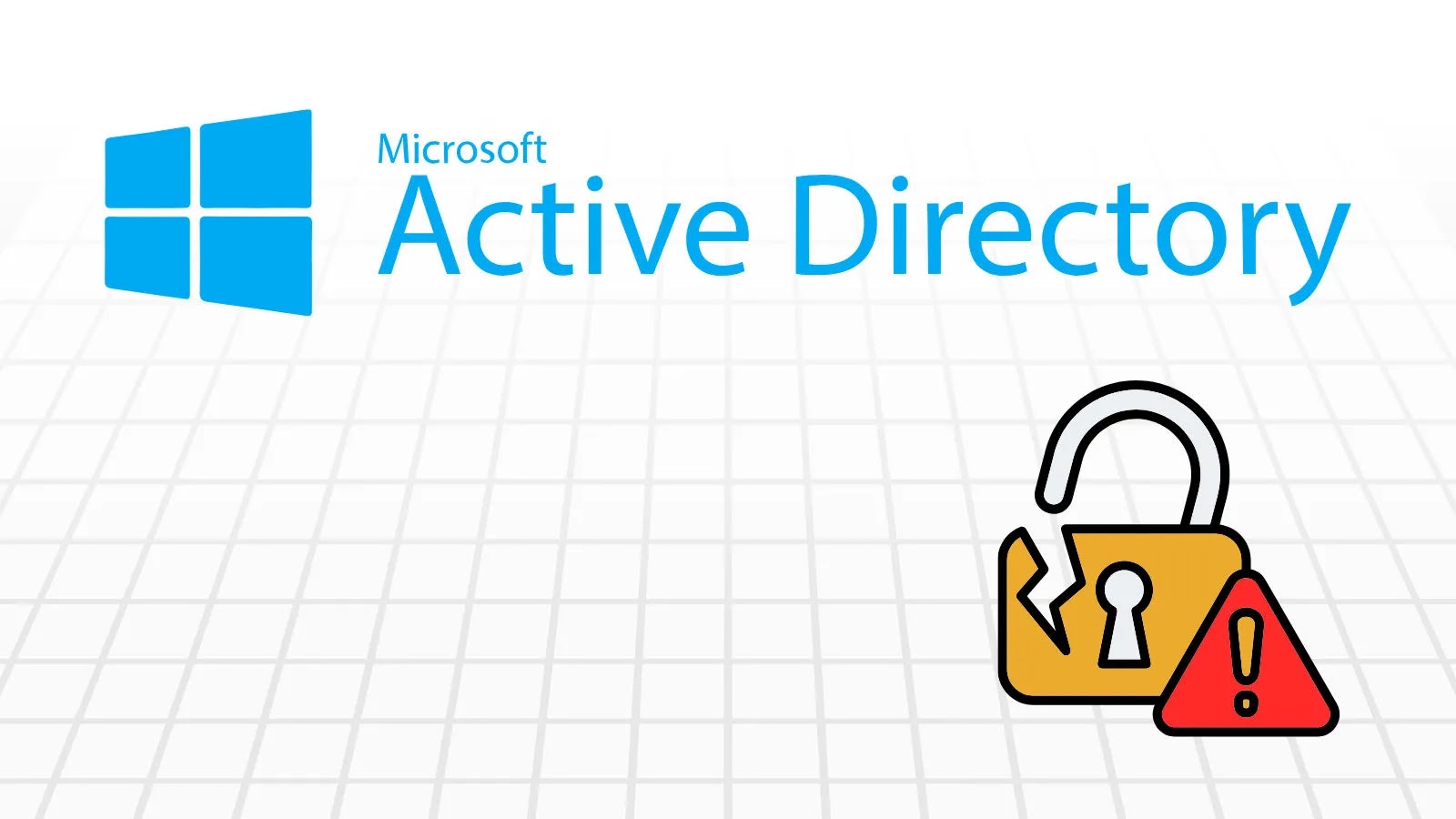
Microsoft Warns of Active Directory Domain Services Vulnerability, Let Attackers Escalate Privileges
The digital defense perimeter of countless organizations relies heavily on robust identity and access management. At the heart of this infrastructure often lies Microsoft Active Directory Domain Services (AD DS). This fundamental service, however, is not immune to exploitation. Microsoft has recently escalated its warning regarding a critical security vulnerability within AD DS, presenting a significant threat to network integrity: CVE-2025-21293.
This post delves into the specifics of this vulnerability, its potential impact, and crucial steps organizations must take to mitigate the risk. Understanding and addressing this flaw is paramount for safeguarding your domain controllers and the broader network against severe privilege escalation attacks.
Understanding CVE-2025-21293: A Critical AD DS Vulnerability
Tracked as CVE-2025-21293, this vulnerability affects Microsoft Active Directory Domain Services. While specifics of the underlying flaw are often guarded to prevent widespread exploitation, the key takeaway is its potential for significant privilege escalation.
An attacker who has already secured initial access to a compromised system can leverage this vulnerability to elevate their privileges dramatically. This isn’t just about gaining a higher level of access on a single machine; it directly impacts the very core of your domain. Successful exploitation could lead to an attacker gaining complete control over an affected domain controller, effectively undermining the entire network’s security infrastructure. This level of control grants access to sensitive data, enables the creation of new administrative accounts, and facilitates widespread disruption or data exfiltration.
The Attack Vector: From Footing to Full Control
The severity of CVE-2025-21293 lies in its role as a privilege escalation bug. This means it’s not typically the first step in a cyberattack. Instead, it serves as a critical follow-up. An attacker might initially gain a foothold through:
- Phishing attacks leading to compromised credentials.
- Exploitation of other vulnerabilities on less critical systems.
- Misconfigurations or weak passwords on network devices.
Once this initial access is established, the attacker then leverages CVE-2025-21293 to escalate their privileges to a domain administrator level. This transition from “foothold” to “full control” is precisely what makes this vulnerability so dangerous. With domain administrator privileges, an attacker can:
- Create new user accounts with administrative rights.
- Modify or delete existing user accounts.
- Deploy malware across the entire domain.
- Access highly sensitive data stored on domain controllers or connected systems.
- Establish persistence within the network, making detection and eradication significantly more challenging.
Remediation Actions: Protecting Your Active Directory
Addressing CVE-2025-21293 and similar Active Directory vulnerabilities requires a multi-layered approach. Proactive measures are always more effective than reactive responses.
- Apply Patches Immediately: Monitor Microsoft’s official security advisories and deploy security patches for Active Directory Domain Services without delay. This is almost always the most direct and crucial step.
- Implement Least Privilege: Ensure that all user accounts and service accounts operate with the absolute minimum privileges required for their function. This limits the damage an attacker can inflict even if an account is compromised.
- Segment Your Network: Isolate domain controllers from less secure network segments. Implement robust firewall rules to restrict traffic to and from AD DS servers to only necessary protocols and authorized sources.
- Regularly Audit Active Directory: Conduct frequent audits of your AD DS configuration, user permissions, and security logs. Look for anomalous activity, unauthorized changes, or suspicious logons.
- Strengthen Authentication: Enforce strong, unique passwords and multi-factor authentication (MFA) for all administrative accounts, especially those with domain-level privileges.
- Monitor for Lateral Movement: Implement advanced threat detection solutions that can identify signs of lateral movement within your network. This can help catch attackers before they reach critical assets like domain controllers.
- Maintain Backups: Regularly back up your Active Directory database and critical system states. Ensure these backups are stored securely, offline, and are regularly tested for restorability.
Relevant Tools for Detection and Mitigation
Leveraging the right tools can significantly enhance your ability to detect, prevent, and respond to threats targeting Active Directory.
| Tool Name | Purpose | Link |
|---|---|---|
| Group Policy Management Console (GPMC) | Managing and auditing Group Policies, a key aspect of AD security. | Microsoft Learning |
| Microsoft Defender for Identity | Advanced threat protection and behavioral analytics for AD, detecting suspicious activities. | Microsoft Learning |
| ADManager Plus | Comprehensive AD management, reporting, and auditing for security insights. | ManageEngine |
| BloodHound | Analyzes relationships in AD to identify common attack paths for privilege escalation. | GitHub |
| PowerShell cmdlets (e.g., Get-ADUser, Get-ADComputer) | Scripting for AD auditing, user/computer enumeration, and security checks. | Microsoft Learning |
Key Takeaways for Organizational Security
The emergence of vulnerabilities like CVE-2025-21293 serves as a stark reminder: no system is entirely impervious to attack, especially critical infrastructure like Active Directory. Maintaining robust cybersecurity hygiene, adhering to the principle of least privilege, and implementing prompt patch management are not merely best practices; they are essential defenses.
Organizations must remain vigilant, prioritize the security of their domain controllers, and invest in solutions that provide deep visibility into their Active Directory environment. Proactive defense and a swift response to new threats will be the deciding factors in maintaining network integrity and preventing catastrophic privilege escalation.





